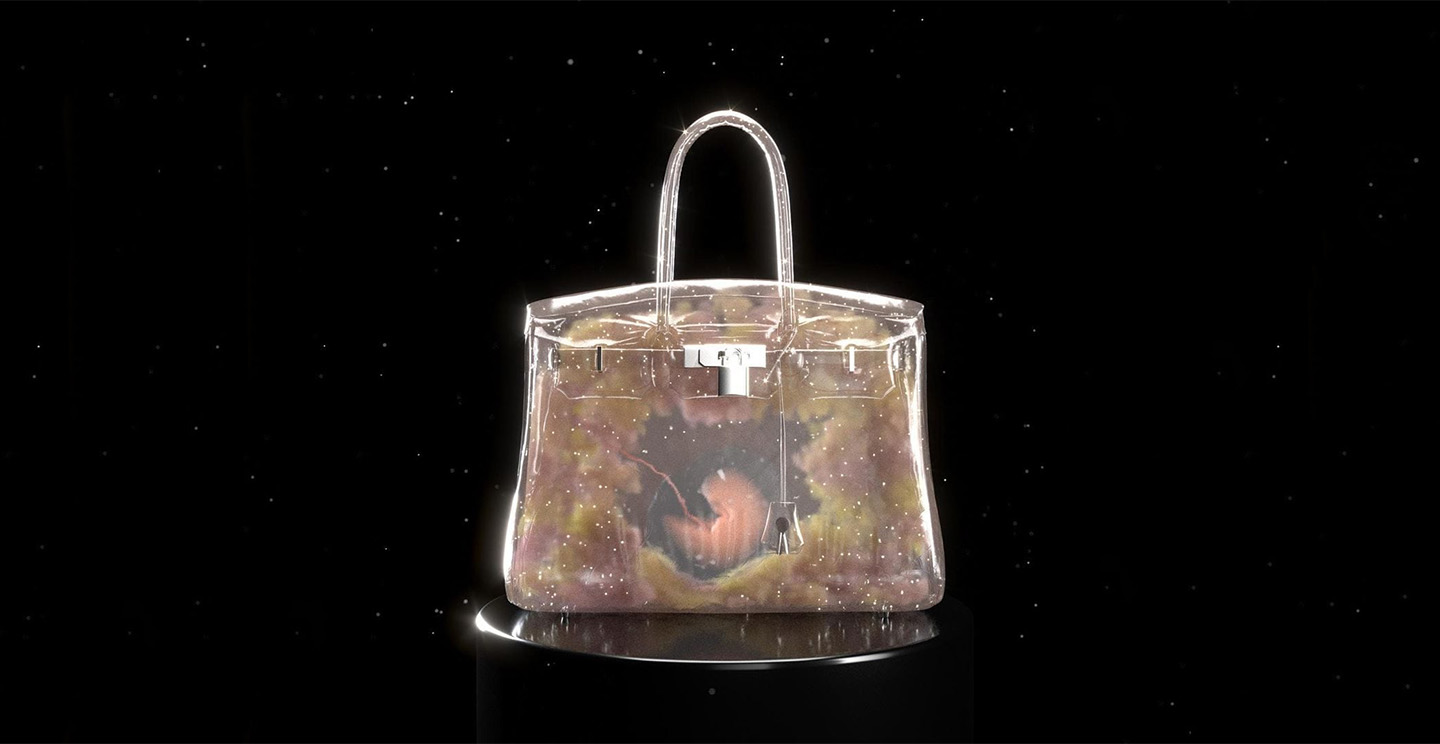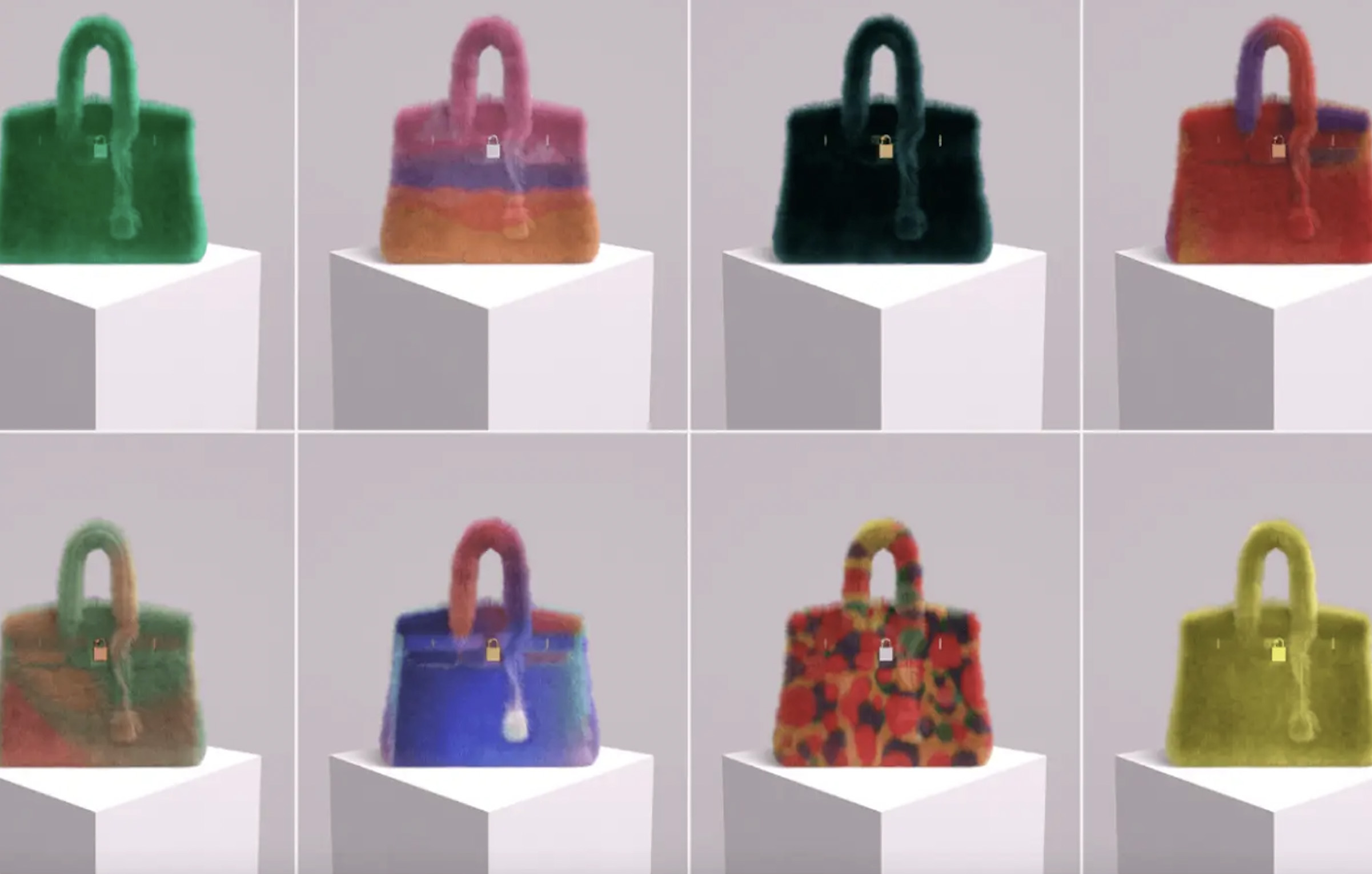
Following the established successful relationship between fashion brands and the gaming community, NTFs are now pioneering the fashion system into new digital channels.
As the name “non-fungible token” may suggest, each NFT is a unique, one-of-a-kind digital item. According to Harvard Business Review, “They’re stored on public-facing digital ledgers called blockchains, which means it’s possible to prove who owns a given NFT at any moment in time and trace the history of prior ownership.”
So, the possibility for users not only to buy digital goods in the fashion space but also to get unique pieces adds a new level of exclusivity that has always been key when it comes to fashion.
How to make NFTs work in fashion
It is not surprising that many fashion companies are entering the NFT arena, sometimes auctioning off NFTs along with some authentic couture pieces for much higher prices than those usually paid for real creations (Dolce & Gabbana sold their Genesis collection that included 9 NFTs for $5.65 million and recently launched the #DGFamily NFT community).

Dolce & Gabbana set a $6 million record for fashion NFTs by auctioning a nine-piece virtual-physical collection In such a scenario, NFTs and the new fashion metaverse could offer new opportunities and tools, but also pose some risks for companies that have operated in the real world so far.
What are the opportunities and risks for brands in the metaverse era?
For some reasons, NFTs could be a powerful tool against piracy, helping brand owners in their anti-counterfeiting activities.
Besides traceability throughout the garment lifecycle provided by the blockchain technology itself, NFTs are taking the fight against counterfeits to the next level by offering the option to embed a non-fungible token in physical products to be scanned in order to confirm they are authentic.
On this ground, some brands have already patented a system to mint, exchange and intermingle digital cryptographic assets in the form of digital items, each of which can be linked to a real-world physical product.
Just to give an idea, at the time of sale, the customer receives an NFT linked to their sneakers which can be transferred with the pair of shoes itself, verifying the product's authenticity.
But problems can also arise. When not originating from the fashion brand itself, however, NFTs cannot fully guarantee that the product with which they are associated is authentic.
Although they can authenticate a fashion item and its ownership, NFTs will confirm and perpetuate that fictitious information in all future sales if the data entered initially is false or incorrect.
How sales platforms and fashion houses can fix NFT problems
As a possible solution to overcome this risk, platforms selling NFTs may consider verifying the creators, in the same way as Twitter or Instagram verify their users.
Another dilemma fashion brands might face comes with third-party created NFTs displaying their brand or other intellectual property rights (i.e., copyright, designs, etc.) without the brand's authorisation.
Hermès' lawsuit for the unauthorised NFT MetaBirkins
The issue arose, for instance, with the “Baby Birkin” NFT, an animation of a baby growing inside Hermès’ iconic Birkin bag created by Los Angeles artists Mason Rothschild and Eric Ramirez.

The piece by artists Mason Rothschild and Eric Ramirez, titled "Baby Birkin" This much-debated digital artwork was recently sold in a Basic.Space auction for the equivalent of $23,500, without Hermès having any affiliation or receiving any royalties for selling this NFT.
Interestingly, the French fashion house decided not to take action in that case. Still, more recently, Hermès sued the same artist in the US for trademark infringement for offering the 100 NFT MetaBirkins collection that included furry renderings of the brand's famous bag.
Debating the scope of trademark rights in the metaverse: what is happening to established fashion houses and upcoming brands
The court case brought by Hermès is one of the first to focus on fashion-related NFTs and raises serious questions about the scope of trademark rights in the metaverse.

Hermès has sued the NFT creator over MetaBirkin sales More precisely, how far do companies’ existing trademark rights extend to new technologies, especially if those companies are not yet operating in the metaverse?
In this landscape, famous brands like Hermès would be expected to rely on the stronger protection granted to trademarks enjoying reputation, which extends to goods and services in other classes than those for which the trademark has been registered.
At the same time, emerging designers and smaller fashion houses might face major challenges in enforcing their rights if they registered their trademarks for physical goods only and not for virtual goods or services.
Anyway, because of the popularity of NFTs among generations Z and Alpha, some small brands might see this phenomenon as an opportunity to create relevance and buzz among new potential customers and even be willing to accept unauthorised use of their trademarks.
Valentina Mazza
Law for the Fashion Product Lecturer, three-year courses, Milan
